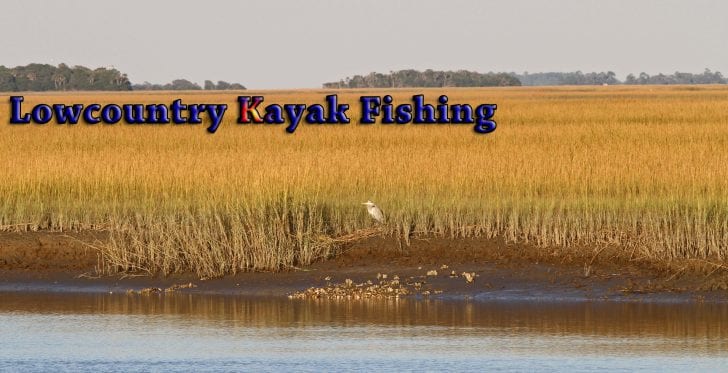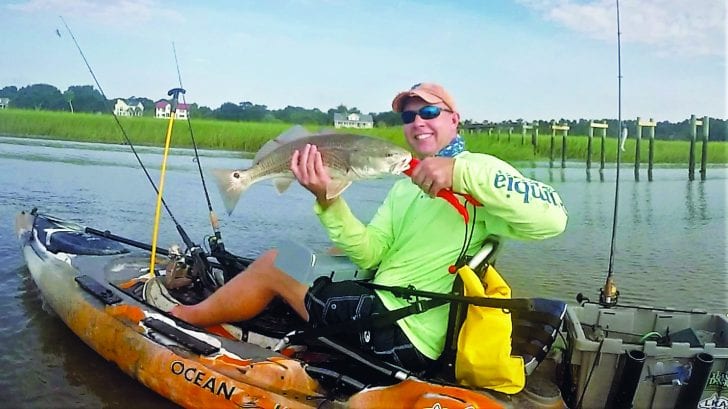Getting skunked. It’s happened to all of us, and nobody likes it. The only thing worse than getting skunked is getting skunked over and over again. Not long ago, that was me.
I moved to the Lowcountry just under three years ago and I couldn’t wait to jump into a kayak and start hauling in my share of redfish, spotted seatrout, flounder, and other inshore species.
I’d heard stories of the redfish’s powerful fight and spotted seatrout’s formidable fangs, and having spent most of my fishing life in freshwater targeting bass and trout I was ready for a new challenge.
I cobbled some equipment together, borrowed one of my brother’s kayaks, and hit the water. However, my enthusiasm soon took a huge hit when I found that catching these fish wasn’t as simple as I expected.
The skunk was on – bad – and man was it frustrating
I figured “I’ll soak some cut bait around a bend and the fish will find it”. Time after time I’d go out and come home empty handed.
The skunk was on – bad – and man was it frustrating. Occasionally I’d pick off a lucky trout or flounder on soft plastics, but I was getting zero redfish and wondering to myself what I was doing wrong and why I couldn’t catch fish on a regular basis.
This was supposed to be easy pickins. That grind lasted the better part of a year, and I was about to start looking for a new weekend hobby.
Then I had a bit of a revelation. Beating the grass line with the same bait and lures over and over again wasn’t getting me better results.
I realized I needed to get smarter, not fish harder. I needed to grow. So my goal shifted to becoming a student of inshore saltwater fishing.
My tactic was to soak up as much knowledge as possible. I read articles and posts, observed fishing partners, talked to other anglers, and pieced together bits and pieces until it slowly started to come together for me.
Simple things started to help me in big ways
Stepping back from it all, you realize how much information must be understood and processed; tide, water movement, structure, wind, equipment, knots, lure placement, and presentation just to name a few.
Simple things started to help me in big ways. Basics such as – retrieving your artificial with the current to mimic bait movement, understanding different types of structure and how to fish it, knowing the seasonality of bait in our local waterways, and how water temp affects fish depth – these were all small steps forward for me and spurred my growth as an angler.
One tactic I continue to use and suggest to everyone is to take notes about places I’ve fished and what was successful – noting tide, temp, time, bait, and other conditions relevant to the spot.
Slowly but surely success started to follow. I soon went from picking off an occasional fish to catching fish on almost every trip.
Now, I’m still no pro and will suffer through the occasional goose egg here and there but not nearly as much as before. Needless to say, inshore kayak fishing is much more fun for me than it was when I first started.
You may enjoy reading Going After The Reds
The key was getting hungry to learn more about the sport and then taking real steps to make it happen.
I still chat it up with my fellow anglers, read as much as I can, and take notes about my trips because I know there’s so much more to learn.
Here’s hoping your next trip out is skunk free!
Jim Tweedy
Lowcountry Kayak Anglers




